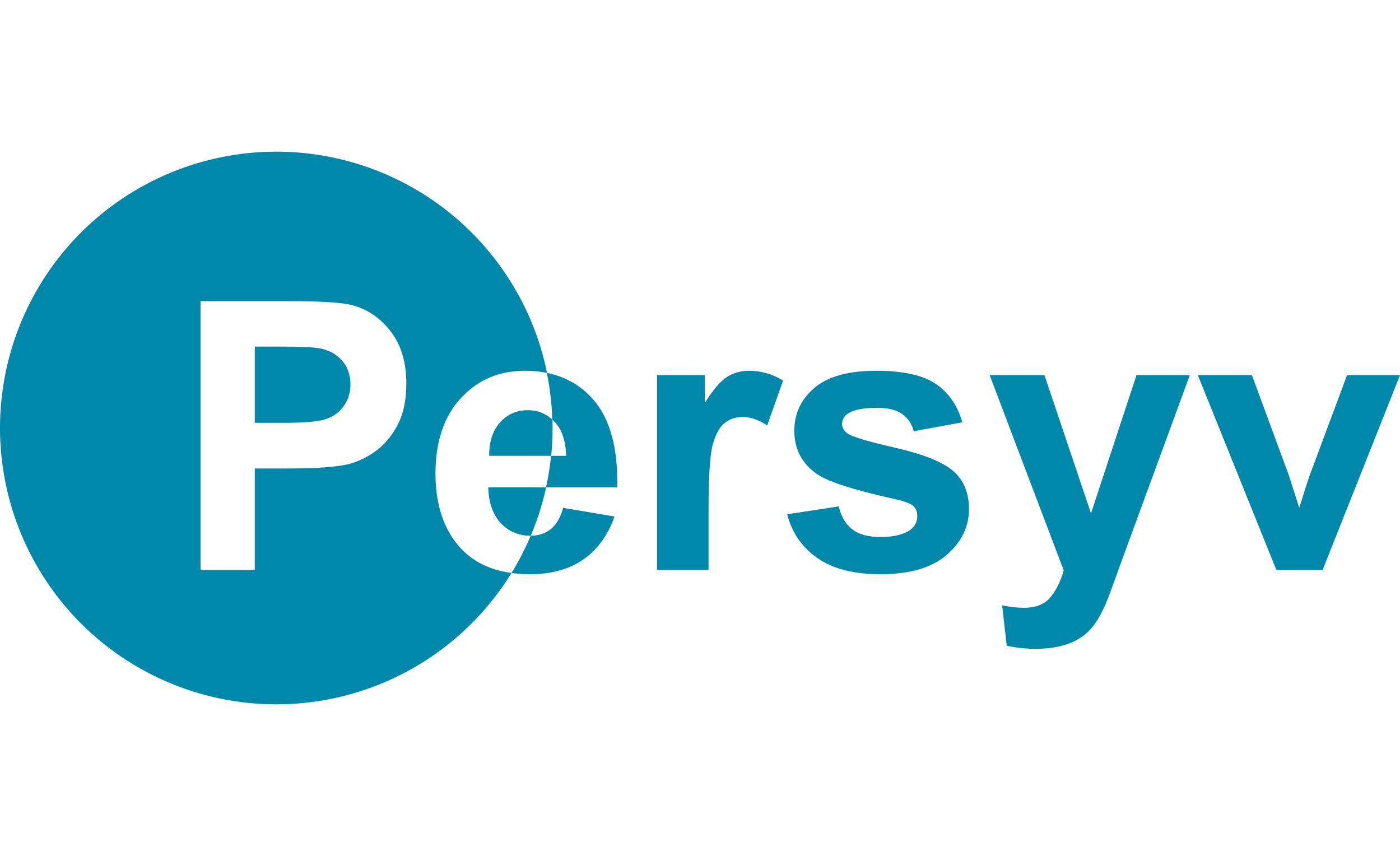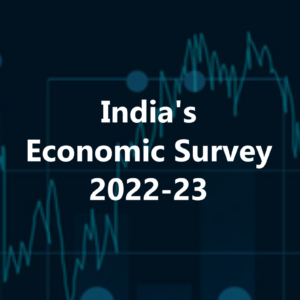PMEGP is a central sector scheme being administered by the Ministry of Micro, Small and Medium Enterprises (Mo MSME).The scheme is being implemented by Khadi and Village Industries Commission (KVIC), a statutory organization under the administrative control of the Ministry of MSME as the single nodal agency at the National level. At the State level, the scheme is implemented through State offices of KVIC, State Khadi and Village Industries Boards (KVIBs),District Industries Centres (DICs), Coir Board(for coir related activities) and Banks
Background
Approval was conveyed by the Ministry of Micro Small and Medium Enterprises (MoMSME), Government of India vide Office Memorandum No. PMEGP/Policy/09/2021 dated 13th May, 2022 for the continuation of the PMEGP Scheme for 5 years from FY 2021-22 to 2025-26. This approval was with some modifications to the existing scheme.
Government of India had in August 2008, approved the introduction of a new credit linked subsidy programme called Prime Minister’s Employment Generation Programme (PMEGP), It was launched by merging the two schemes that were in operation till 31st March 2008, namely Prime Minister’s Rojgar Yojana (PMRY) and Rural Employment Generation Programme (REGP) for generation of employment opportunities through establishment of micro enterprises in non-farm sector for rural as well as urban areas. PMEGP has been in operation since 2008-09 and has been approved for continuation over the 15th Finance Commission cycle i.e., for the period of five years from 2021-22 to 2025-26.
Objectives of the PMEGP scheme
- To generate employment opportunities in rural as well as urban areas of the country through setting up of new self-employment ventures/projects/micro enterprises.
- To bring together widely dispersed traditional artisans/ rural and urban unemployed youth and give them self-employment opportunities to the extent possible, at their place.
- To provide continuous and sustainable employment to a large segment of traditional and prospective artisans and rural and urban unemployed youth in the country, so as to help arrest migration of rural youth to urban areas.
- To increase the wage-earning capacity of workers and artisans and contribute to increase in the growth rate of rural and urban employment.
Assistance under the PMEGP Scheme
A. Funds under PMEGP Scheme are available under two major heads
I. Margin Money Subsidy
i. Funds are allocated under annual Budget Estimates (BE) towards disbursement of Margin Money (subsidy) for setting up of new micro enterprises/units; and
ii. From the funds allocated under BE for the Margin Money subsidy, Rs. 100 Cr. or as approved by the competent authority are earmarked for each FY towards disbursement of Margin Money (subsidy) for upgradation of existing PMEGP/REGP/MUDRA units.
II. Backward and Forward Linkages
5% of the total allocation under BE for a Financial Year against PMEGP, or as approved by the competent authority, are earmarked as funds under Backward and Forward Linkages and are utilized for arranging awareness camps, State/District level monitoring meetings, Workshops, Exhibitions, Bankers meeting, TNDA, Publicity, Entrepreneurship Development Programme (EDP) training, Physical verification & Geo-tagging, Evaluation & lmpact Assessment study, Setting of Entrepreneurship Facilitation Centre (EFC), Center of Excellence (CoE), Engagement of Field Experts and Data Entry Operators (DEOs), Creation and Upgradation of IT infrastructure, Awards, Call Centre facility, PMU, other related activities and settlement of other residual liabilities by the KVIC.
B. Levels of support under the scheme
I. For setting up of new micro enterprise (units)
| Categories of beneficiaries under PMEGP (for setting up of new enterprises) | Beneficiary’s contribution (of project cost) | Rate of Subsidy (of project cost) | |
| Area (location of project/unit) | Urban | Rural | |
| General Category | 10% | 15% | 25% |
| Special Category (including SC, ST, OBC, Minorities, Women, Ex-Servicemen, Transgenders, Differently Abled, NER, Aspirational Districts, Hill and Border areas(as notified by the Government) etc. | 05% | 25% | 35% |
Conditions:
- The maximum cost of the project/unit admissible for Margin Money subsidy under Manufacturing sector is Rs. 50 lakhs.
- The maximum cost of the project/unit admissible for Margin Money subsidy under Business/Service sector is Rs. 20 lakhs.
- The balance amount (excluding the own contribution) of the total project cost will be provided by Banks.
- If the total project cost exceeds Rs. 50 lakhs or Rs. 20 lakhs for Manufacturing and Service/Business sector respectively, the balance amount may be provided by Banks without any Government subsidy.
II. 2nd Loan for upgradation of existing PMEGP/REGP/MUDRA units
| Categories of beneficiaries under PMEGP (for upgradation of existing units) | Beneficiary’s contribution (of project cost) | Rate of Subsidy (of project cost) |
| All Categories | 10% | 15% (20% in NER and Hill States) |
Conditions:
- The maximum cost of the project/unit admissible for Margin Money subsidy under Manufacturing sector for upgradation is Rs. 1.00 crore. Maximum subsidy would be Rs.15 lakh (Rs.20 lakh for NER and Hill States).
- The maximum cost of the project/unit admissible for Margin Money subsidy under the Business/Service sector for upgradation is Rs. 25 Iakh. Maximum subsidy would be Rs.3.75 lakh (Rs.5 lakh for NER and Hill States).
- The balance amount (excluding the own contribution) of the total project cost will be provided by Banks.
- If the total project cost exceeds Rs. 1.00 Crore or Rs. 25.00 lakhs for Manufacturing and Service/Business sector respectively, the balance amount may be provided by banks without any Government subsidy.
Eligibility under PMEGP Scheme
A. For PMEGP new enterprises (Units)
The following are the primary conditions for new enterprises:
- Any individual, above 18 years of age
- There will be no income ceiling for assistance for setting up projects under PMEGP.
- For setting up of projects costing above Rs.10 lakh in the Manufacturing sector and above Rs. 5 lakh in the Business /Service sector, the beneficiaries should possess at least VIII standard pass educational qualification.
- Assistance under the scheme is available only for new projects sanctioned specifically under the PMEGP.
- Existing Units (under PMRY, REGP or any other scheme of Government of India or State Government) and the units that have already availed Government Subsidy under any other scheme of Government of India or State Government are not eligible.
- Only one person from one family is eligible for obtaining financial assistance for setting up projects under PMEGP. The ‘family’ includes self and spouse.
Additional conditions for new enterprises:
- Projects without Capital Expenditure are not eligible for Financing under the Scheme.
- Cost of the land should not be included in the Project cost. Cost of the ready built shed as well as long lease or rental Work-shed/Workshop can be included in the project cost subject to restricting such cost of ready built as well as long lease or rental work shed/workshop to be included in the project cost calculated for a maximum period of 3 years only.
- PMEGP is applicable to all new viable micro enterprises, including Village Industries projects except activities prohibited by local Government/Authorities keeping in view environment or socio-economic factors and activities indicated in the negative list.
- Trading activities
a. Business / Trading activities in the form of sales outlets may be permitted in NER, Left Wing Extremism (LWE)-affected districts and A & N Islands.
b. Retail outlets/Business – selling Khadi products, Village Industry products procured from Khadi and Village Industry Institutions certified by KVIC and products manufactured by PMEGP units and SFURTI clusters only may be permitted under PMEGP across the country.
c. Retail outlets backed by Manufacturing (including processing) / Service facilities may be permitted across the country.
d. The maximum cost of the project for Business / Trading activities as above [(a) and (b)] may be Rs.20 lakh (at par with the maximum project cost for Service sector).
e. Maximum 10% of the financial allocation in a year in a state may be used for Business / Trading activities as above [(a), (b) and (c)].
5. Transport activities -Transport activities viz purchase of Cab/Van/ Boat/Motorboat/Shikara etc. for transportation of tourists or general public will be allowed. A ceiling of 10% on the extent of projects financed under transport activities is applicable in all areas except NER, Hilly region, LWE-affected districts and A & N Islands, Goa, Puducherry, Daman & Diu, Dadra Nagar Haveli, J&K, Lakshadweep, or other specific areas as may be declared so by the Government
B. For up-gradation of existing PMEGP/REGP/MUDRA units:
- Margin Money (subsidy) claimed under PMEGP has to be successfully adjusted on the completion of lock in period of 3 years.
- First loan under PMEGP/REGP/MUDRA has to be successfully repaid in stipulated time.
- The unit is profit making with good turnover and having potential for further growth in turnover and profit with modernization/upgrading the technology.
Implementing Agencies for PMEGP Scheme
Implementing Agencies The Scheme is implemented by Khadi and Village Industries Commission (KVIC), Mumbai, a statutory body created by the Khadi and Village Industries Commission Act, 1956, which is the single nodal agency at the national level. At the State level, the scheme is implemented through State Directorates of KVIC, State Khadi and Village Industries Boards (KVlBs), District Industries Centres and COIR Board for coir related activities. Other agencies like National Scheduled Castes Finance and Development Corporation (NSCFDC), National Scheduled Tribes Finance and Development Corporation (NSTFDC), National Backward Classes Finance & Development Corporation (NBFDC), Indian Institute of Entrepreneurship (IIE) Guwahati, National Institute for Entrepreneurship and Small Business Development (NIESBUD) and National Institute for Micro Small and Medium Enterprises (NI-MSME), Institute of Entrepreneurship Development (IED) Odisha, TR & TCs, Office of DCMSME and MSME DFOs etc. can also be enrolled as IAs, as and when necessary.
All IAs, including the IAs that may be enrolled in future, will be allowed to receive and process applications in all areas irrespective of the rural or urban category. KVIC coordinates with State KVIBs/State DICs, other IAs and monitors performance in rural and urban areas. The IAs also involve National Small Industries Corporation (NSlC), Udyami Mitras empanelled under Rajiv Gandhi Udyami MitraYojana (RGUMY), RSET/s/RUDSETIs Panchayati Raj Institutions, NGOs of repute and other relevant agencies in identification of beneficiaries under PMEGP. Coir Board is involved in identifying the Coir Units for their setting up under PMEGP in both rural as well as urban areas, their handholding and mentoring.
Financial Institutions involved in PMEGP Scheme:
- All Public Sector Banks
- All Regional Rural Banks, Co-operative Banks, Private Sector Scheduled Commercial Banks regulated by RBI
- Small Industries Development Bank of India (SIDBI)
Bank Finance under PMEGP Scheme
- The Bank sanctions 90% of the project cost in case of General Category of beneficiary and 95% in case of Special Category of the beneficiary and disburse full amount suitably for setting up of the project.
- Bank finances Capital Expenditure in the form of Term Loan and Working Capital in the form of cash credit. Project can also be financed by the Bank in the form of a composite loan consisting of Capital Expenditure and Working Capital.
- Maximum project cost under PMEGP is Rs. 50 lakh, which includes Term Loan for Capital Expenditure and Working Capital. For Manufacturing units, the Working Capital component should not be more than 40% of the project cost and for units under the Service/Trading sector, the Working Capital shall not be more than 60% of the project cost. However, for the projects where the Capital Expenditure reaches the maximum ceiling of the project cost for Manufacturing/ Service sector units, the Bank can consider sanctioning of additional funds over and above Rs. 50 Lakhs and Rs. 20 Lakhs respectively. In such cases, the additional funds over and above Rs.50 lakh/20 lakh will not be covered for subsidy. In case the incurred Capital Expenditure and Working Capital Expenditure (at the end of the third year from the commencement of production) is less than the sanctioned amount under the Bank loan (including own contribution), the excess Margin Money (subsidy) (against the shortfall) shall be refunded to KVIC.
- Rate of interest and repayment schedule: Normal rate of interest is charged. Repayment schedule may range between 3 to 7 years after an initial moratorium as may be prescribed by the concerned Bank/financial institution. RBI has issued necessary guidelines to the Banks to accord priority in sanctioning projects under PMEGP. RBI also issues suitable guidelines from time to time as to which RRBs and other Banks will be excluded from implementing the scheme.
Details of online application process for PMEGP
Definition of Industry and Employment Criteria
Any Industry (except those mentioned in the negative list) located in the rural/urban area which produces any goods or renders any service with or without the use of power and in which the fixed capital investment per head of a full-time artisan or worker i.e. Capital Expenditure on workshop/ workshed, machinery and furniture divided by full time employment created by the project does not exceed Rs.3 lakh in plain areas and Rs.4.50 lakh in Hilly areas. Per-capita ceiling has been enhanced to Rs.4.5 lakhs as a special case for activities under PMEGP in respect of A&N Islands and Lakshadweep.
Rural Area defined under PMEGP Scheme
- Any area classified as Village as per the revenue record of the State/Union Territory, irrespective of population OR
- All the areas, irrespective of their population, falling under Panchayati Raj Institutions will be accounted under rural areas, whereas areas falling under Municipality to be treated as urban areas.
List of activities not permitted under PMEGP Scheme (Negative list)
The following list of activities will not be permitted under PMEGP for setting up of micro enterprises/ projects /units:
- Any Industry/ Business connected with Meat (slaughtered), i.e., processing, canning and/or serving items made of it as food, production/Manufacturing or sale of intoxicant items like Beedi/Pan/ Cigar/Cigarette etc., any Hotel or Dhaba or sales outlet serving liquor, preparation/producing tobacco as raw materials, tapping of toddy for sale will not be allowed. (However, serving/selling non-vegetarian food at Hotels/Dhabas will be allowed.)
- Activities prohibited by Local Government/Authorities keeping in view the environment or socio-economic factors will not be allowed.
- Manufacturing of polythene carry bags of less than 75 microns thickness and manufacture of carry bags or containers made of recycled plastic for storing, carrying, dispensing or packaging of food stuff and any other item which causes environmental problems. Thickness of polythene carry bags shall be governed by the Ministry of Environment, Forest and Climate Change notification for plastic waste management rules and amendments from time to time.
- Any Industry/Business connected with cultivation of crops/plantation like Tea, Coffee, Rubber etc. Sericulture (Cocoon rearing), Horticulture, Floriculture, Animal Husbandry will not be allowed.
- However, value addition under these will be allowed under PMEGP. Off Farm/Farm Linked activities in connection with sericulture, horticulture, floriculture etc. will also be allowed.
Following Industries /Business connected with Animal Husbandry will also be allowed:
- Dairy — Milk and other dairy products through primarily Cows but also sheep, goats, camels, buffaloes, horses, and donkeys.
- Poultry – Poultry, kept for their eggs and for their meat, include chickens, turkeys, geese and ducks.
- Aquaculture — It is the farming of aquatic organisms including fish, molluscs, crustaceans and aquatic plants
- Insects – including Bees, Sericulture, etc.
- As a special case piggery, which is a major source of livelihood in NER may also be allowed in NER states only


